Let’s get straight to the point: Wooli on the NSW North Coast is a fantastic fishing destination.
12 reasons Wooli is great for fishing trips:
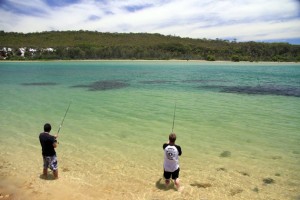 Pristine, healthy Wooli Wooli River
Pristine, healthy Wooli Wooli River- Quiet place off the beaten track
- Good boat ramps
- Accessible river banks
- Breakwall & river entrance
- Beach gutters
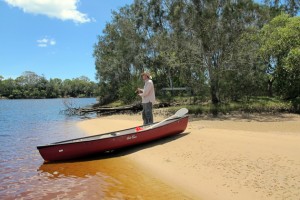 Boat hire available
Boat hire available- Fishing tackle shop
- Deep-sea fishing operators
- No commercial fishing industry
- Wide range of accommodation options
- Pubs, takeaways, bistros and restaurants
No wonder many fishing enthusiasts plan regular fishing trips to this quiet holiday village in Northern NSW.
If you spend a little time getting to know the area and you pay attention to the tides, water temperatures, rainfall and time of year, you’ll be likely to reap the rewards.
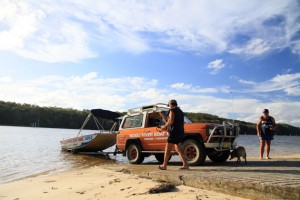 Talk to the locals or catch up with Stan Young at Wooli Bait & Tackle to get some insider tips.
Talk to the locals or catch up with Stan Young at Wooli Bait & Tackle to get some insider tips.
Protected from the south and the west, Wooli has its own microclimate and is the perfect base for a winter escape.
Fishing in the tidal Wooli Wooli River can be productive all year round, with an excellent supply of bream, whiting, flathead, tailor, mullet and many other species.
The river can be negotiated by small boat or canoe for about 20 km, and the deeper areas are ideal for tinnies or fishing boats up to 16 ft. At low tides, you should be cautious of sandbars.
The area is part of the Solitary Islands Marine Park but there are large areas of the park that can be fished. Check the signs or pick up a copy of the Marine Park zoning map before venturing out.
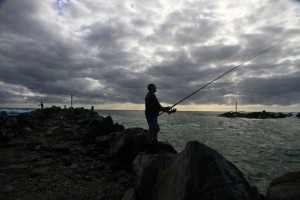 Wooli Entrance
Wooli Entrance
The breakwall at the river entrance can produce some exceptional catches, especially at night. Expect to catch bream, luderick, mulloway, blackfish, tailor and flathead. Big mangrove jacks can be caught at night in summer months.
Use prawns and both cut and live baits for best results.
Wooli Racks
The area around the floating oyster racks in the Wooli Wooli River produce good-sized bream, especially through the cooler months, and flathead tend to lie under the edges of the racks. Take care not to touch the oyster racks themselves, which are on commercial leases.
Use prawns, live poddy mullet and larger soft plastic lures in gold, pink and green for best results when the water is clear.
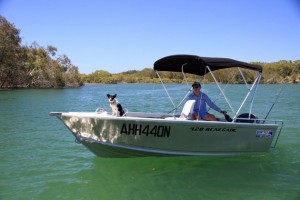
Wooli Forks
The Bookham River arm marks the start of the sanctuary. From here you can only fish the southern end.
Deep Hole
Below the power lines is a deep hole and this is a good place to catch big flathead and trevally, and even the odd mangrove jack on a run-out tide, especially in the warmer months. Whiting can be taken off the adjacent sand flats.
Try live baits such as poddy mullet and larger soft plastic shad-style lures with half-ounce jig heads in black and gold colours.
Wooli Rock Bar
This mark is more a navigational mark than a fishing spot and care should be taken when boating in this area. The rock bar can only be navigated in a boat on the biggest tides and is really only canoe country from here on.
Trevally, mangrove jack and flathead can be caught here during large run-out tides, especially after decent rain.
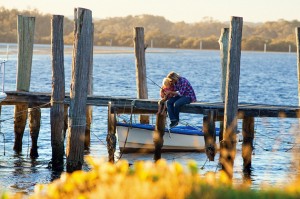 Use live baits or hard gold stick bait type (bomber-type lures) for best results.
Use live baits or hard gold stick bait type (bomber-type lures) for best results.
Wooli Wharf
The old fishing co-op wharf in the centre of Wooli is worth a try for bream.
Wooli Beach
The best gutters are up the beach near Wilson Head. The beach is fished mostly for mulloway, bream and tailor.
Where to Stay
Planning a fishing weekend, midweek or longer is easy as there are heaps of accommodation options to suit all styles and budgets. From caravan parks and basic cabins to motel rooms and fully self-contained holiday homes, you’ll find a place to bring your haul back to and rest up for another day of fishing.
See our overview of Wooli accommodation.
Here is more information about the Solitary Islands Marine Park around Wooli (including zoning map), Wooli boat hire and Wooli fishing charters.